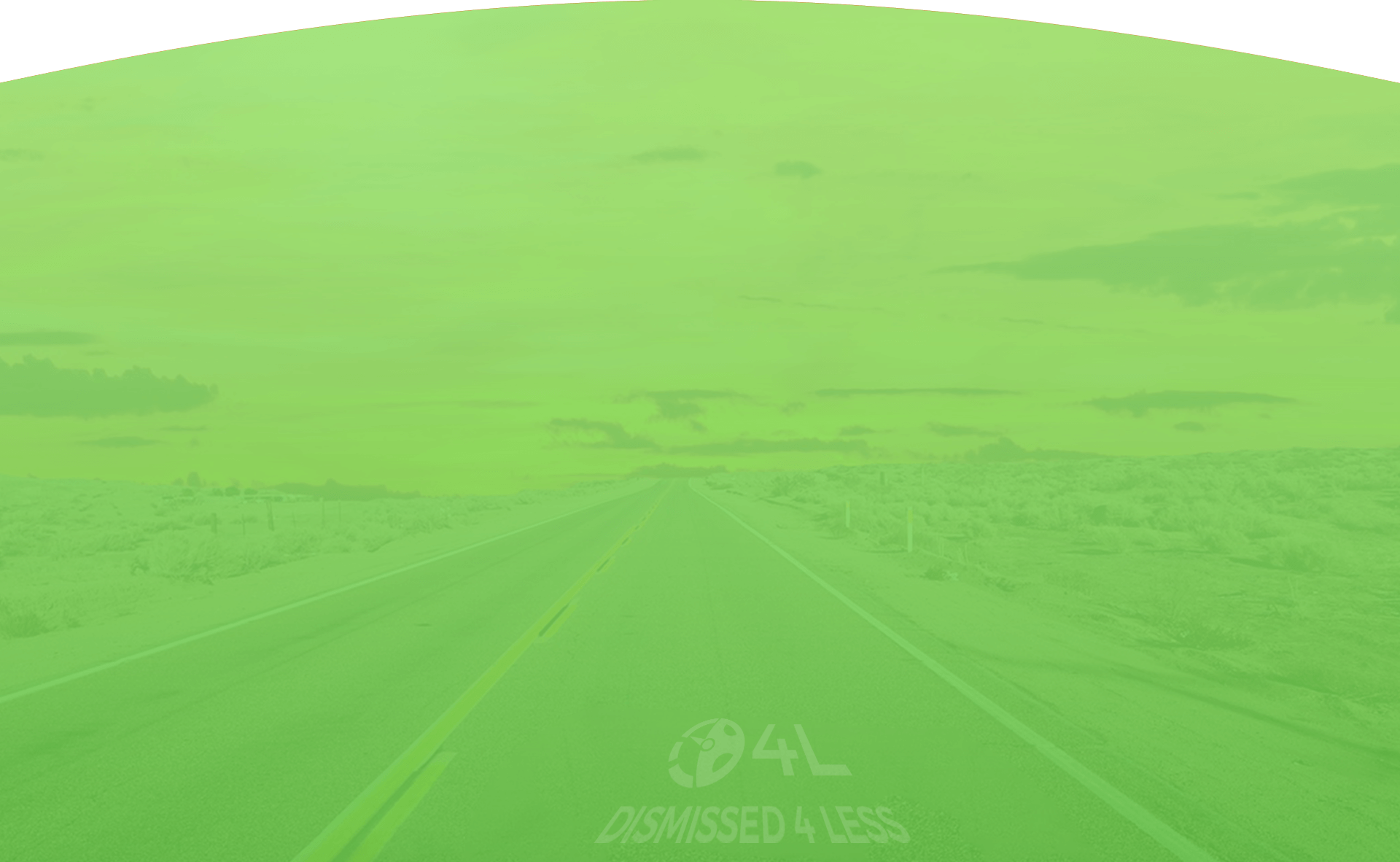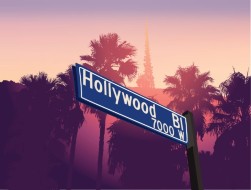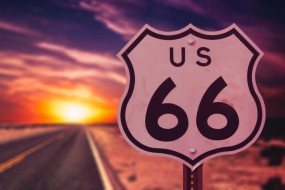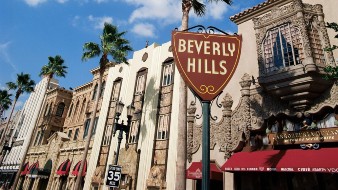What You Need to Know About California Cell Phone Tickets
The first cell phones which appeared in the hands of Californians were not much more advanced than this one. For several years thereafter, cell phone technology advances were limited. Then, the smartphone era dawned in 2007, and everything changed.
Frequently, the law does not keep up with technological advances. Until 2011, California only had a texting ban on the books, although most people used their phones for a lot more than texting. Then, a new hands-free California cell phone ticket law took effect. Once again, everything changed.
Most people use their phones heavily because, at its most basic level, such use represents freedom. That’s one of the main issues affecting cell phone regulation, as outlined below. Freedom is also one of the best reasons to partner with Dismissed 4 Less. Our experienced team knows how to handle moving and non-moving violations in California. So, you do not have to worry about going to court over your California cell phone ticket.
Cell Phone Issues
Why did California lawmakers take two years to pass a hands-free law? Several other states were much quicker on the draw. Doesn’t cell phone use contribute to distracted driving, and isn’t that a big problem? Yes, but it’s complicated.
Hand-held cell phone use is a major distracted driving issue. These gadgets combine all three forms of distracted driving, which are:
- Visual (taking one’s eyes off the road),
- Cognitive (taking one’s mind off driving), and
- Manual (taking one’s hand off the wheel).
One reason some other states passed hands-free laws before the Golden State is that, in California, cell phone use among drivers is not as bad. In fact, California has one of the lowest percentages of cell phone-using drivers in the country. 7 percent of twenty-six million drivers is still a lot of people, but the cell phone/distracted driving connection might be overstated.
Generally, the smaller the problem, the less momentum for change. That was probably the case in this instance.
Additionally, as mentioned above, there is a substantial freedom issue. Most peoples’ lives are on their cell phones. Therefore, most people do not like the idea of government cell phone regulation. There is a legal basis for this attitude. In 2014’s Riley v. California, the Supreme Court held that individuals have a privacy right to anything past their phone’s home screen. Therefore, police officers must have search warrants to examine phones.
Note that this case was Riley v. California as opposed to Riley v. New Jersey or Kansas. So, cell phone privacy has a local flavor.
There’s more. California is one of only four states west of the Mississippi River wherein officers use controversial Stingray cell phone trackers. These devices are International Mobile Subscriber Identity (IMSI) catchers. They simulate cell phone towers and force all nearby devices to connect with them. For our purposes, officers can use these gadgets to determine if a motorist is using a cell phone.
That’s what the current generation of IMSI catchers can do. There is no telling how sophisticated these devices might be in the near future.
By their nature, Stingrays do not target specific devices. Instead, they affect all phones within the operational radius. In other words, if officers want evidence that Joe is using a cell phone while driving, they also learn about everyone within about a hundred yards of Joe. For many people and groups, including the American Civil Liberties Union, local cops should not have that much power.
Direct and Collateral Consequences of a California Cell Phone Ticket
The good news is that a California cell phone ticket is not a moving violation. Therefore, a citation does not mean points against a noncommercial drivers’ license. A first offense fine is $20; a subsequent offense fine is $50.
Don’t let those low amounts fool you. The county and state add costs and penalty assessments to the base fine. So, a $20 ticket could cost $250 or more. If the driver does not timely pay the total amount, the state could suspend the person’s drivers’ license, as outlined below.
The bad news about a California cell phone ticket is also that these infractions are not moving violations, so traffic school is not automatically available.
Higher auto insurance rates are probably the biggest indirect consequence of a cell phone citation. This analysis is a bit complicated, so strap yourselves in.
In most jurisdictions, only moving violations affect auto insurance rates. But California is different from many other states. It’s illegal for insurance companies in the Golden State to use credit scores to assess risk. Therefore, most insurance companies use other metrics, such as non-moving violations, to perform this analysis.
Commercial insurance works a bit differently. Frequently, these companies use the Federal Motor Carrier Safety Administration’s Safety Maintenance System database to ascertain risk. SMS reports contain all citations from all jurisdictions. That includes California cell phone tickets the driver received while using a personal vehicle. Too many SMS points either makes a driver uninsurable or makes it too expensive to afford.
California cell phone tickets also affect personal injury claims. If a driver violated a safety law, like the hands-free law, and thereby caused a crash, the driver could be responsible for damages as a matter of law. Negligence per se does not apply in all cases, but it does apply in most of them.
Prohibited Uses
Generally, most California cell phone tickets rely on VC 23123. This provision bans cell phone “use” while driving. In the smartphone era, this word typically applies to:
- Texting: In this context, “texting” means sending or reviewing any form of text-based communication. That includes telephone text messages, social media posts, emails, and so on.
- Talking: Related activities, such as declining a call, placing a call using the dial pad, or determining the caller’s identity, are in a grey area in California. Technically, these activities could violate the law. But, since there’s no requirement to deactivate phones while driving, such activity arguably reduces distraction. Otherwise, the phone would keep ringing.
- App Usage: Some apps are allowable in some situations, as outlined below. But for the most part, game-playing, Web-surfing, video-viewing, and picture-taking are all against the law in California.
There are some other applicable provisions as well. But because the hands-free law is so broad, officers only use them in limited situations.
VC 23123.5 is the old texting ban which has been reconfigured into a hands-free law. Subsection (f) broadly defines an “electronic wireless communication device” in all California cell phone tickets as any device akin to “a broadband personal communication device, a handheld device or laptop computer with mobile data access, or a pager.” So, if you think you have a device loophole, think again.
VC 23124 bans all cell phone use among minors. This ban applies “even if [the electronic wireless communication device is] equipped with a hands-free device.” VC 23124 is not a primary offense. So, officers cannot pull over drivers on suspicion of a minor/hands-free violation. They must pull them over for something else, such as speeding or an expired tag.
VC 40508 is not a cell phone ban, but this provision does frequently come up in California cell phone violations. VC 40508 is the failure-to-appear law. Missing a court date, defaulting on a payment agreement, or missing a deadline could mean up to six months in jail and a $1,000 fine.
More importantly, these violations could mean drivers’ license suspension. Lawmakers limited this power in 2007, but it is still far-reaching.
Possible Defenses
VC 23123 contains a number of exceptions. Some of them, like the driving-an-emergency-vehicle exception, do not come up very often. Others, however, could be an effective defense in many cases.
There is an emergency purposes exception in subsection (c). Lawmakers clearly intended this exception to apply to 911-type situations. But the exception is broadly worded and, in some cases, it could apply to personal emergencies as well. Arguably, “please pick up Johnny from soccer practice” is an emergency situation.
There is also a private property exception in subsection (f). Large apartment complex parking lots and shopping mall parking lots are not public places. It does not matter if they have street names, street numbers, and traffic control devices. Limited access areas, like private roads and gated communities, are not public places either, even if there is nothing that physically prevents access.
Additionally, a California cell phone ticket will not hold up in traffic court unless the vehicle was in motion. It is clearly okay to use a cell phone while parked. Using a cell phone while stopped, such as at a red light or stop sign, is in a grey area.
Finally, officers often make mistakes. They see people looking down and assume they are using a phone. That’s usually the case, but certainly not always true.
Alas, this defense is difficult to use. A California cell phone ticket is not a criminal matter. So, many of the normal Constitutional criminal law procedures do not apply. The burden shift is perhaps the best example. If the motorists receives a ticket for driving on a suspended license, the state does not have to prove the license was suspended. Instead, the driver must prove the license was not suspended.
So, the officer’s word that the driver was using a phone is proof enough. To use this defense, the driver must prove the phone was not in use at the time. Some phones have comprehensive use history displays and some do not.
Dealing with a California Cell Phone Ticket
Once upon a time, the Trial by Written Declaration was an obscure provision that was often unavailable and hardly ever worked. Today, VC 40902 (trial by written declaration) might be the best way to deal with a California cell phone ticket.
Drivers submit their defenses in writing to the judge. The judge then reviews them and rules on them. If the judge throws out the case, that’s the end of the matter. If the judge denies the defense or allows the driver to take traffic school, the driver decides whether to accept that outcome or request a trial de novo.
The Trial by Written Declaration process is rather complex. Drivers must submit the proper forms in the proper way at the proper time. Clerks often use any irregularity, such as writing in the wrong blank, as an excuse to send everything back. If that happens, the judge doesn’t look at it.
As mentioned, California cell phone tickets are not criminal matters. Generally, that technicality works against drivers. In this case, however, it might work in their favor. Trial by Written Declarations are not adversarial proceedings. Officers are required to submit a written statement. So, in many cases if the officer does not provide a statement, the judge might decide the matter after only hearing the driver’s side of the story.
Frequently, judges only give a Trial by Written Declaration a cursory inspection. That’s because the “lazy judge” refrain is very popular among challengers looking for jobs or reporters looking for stories. If a judge has a large case backlog, these people often claim the judge is shiftless or otherwise unfit. That’s hardly ever true, but that’s what many people believe.
As a result, presentation is often key. Having the right arguments is not enough. At Dismissed 4 Less, our team knows how to present arguments in a compelling way.
Even though a California cell phone ticket is not a moving violation, traffic school is usually available as well. Judges have a great deal of discretion in this area. Frequently, the driver has a defense which does not convince the judge to dismiss the case.
Judges may award equitable relief in these situations. “Equitable relief” is Legalese for “gimme a break, judge.” Such relief is often available if there were any extenuating circumstances and the driver has no recent citations.
On a related note, judges sometimes give style points. If a defense was well-presented yet legally insufficient, traffic school is often an alternative to a complete defeat.
Expensive California cell phone tickets have direct and indirect consequences for all drivers. But there is a big difference between a citation and a finding of guilt. At Dismissed 4 Less, we know how to reduce or eliminate these consequences, so you can stay on the road with confidence.







